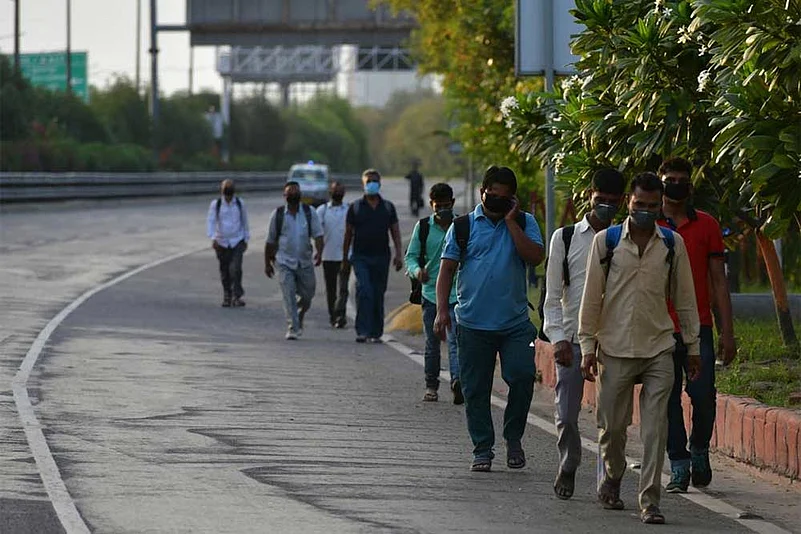International Labour Organisation's (ILO) report on employment in India has stirred a major row due to revelations about the unemployment situation. As per the data released on Tuesday, youth accounted for 83 per cent of unemployed population in 2022.
The report also revealed that the proportion of educated youth, those who had completed secondary education, in the unemployed young population rose from 35.2 per cent in 2000 to 65.7 per cent in 2022.
Reacting to the report jointly published by ILO and the Institute of Human Development (IHD), Opposition criticised the Centre's track record on generating employment for youth. Chief Economic Advisor (CEA) V Anantha Nageswaran defended the government and said that it can't be expected to solve every social and economic challenge. "In the normal world, it is the commercial sector who needs to do the hiring," the CEA said at the launch of ILO-IHD report.
Data on unemployment rate has been a matter of contention for some time. Studies by several agencies have given different estimates about the unemployment situation in India.
However, a common thread is that every dataset reveals a worrying trend about the state of jobs in the economy.
Data from government's periodic labour force survey (PLFS), Centre for Monitoring Indian Economy (CMIE), and the recently released ILO-IHD report suggest that quality of jobs need a major boost in the economy.
PLFS
The Ministry of Statistics and Programme Implementation (MoSPI) along with National Sample Survey Office (NSSO) released a report on March 19 titled 'Key Unemployment Statistics For 2023'.
It said that unemployment rate across the country came down to 3.1 per cent in 2023 from 3.6 per cent in 2022 and 4.2 per cent in 2021. While the decline in unemployment is a positive sign, a dive into the annual PLFS reports reveals a worrying trend hidden behind these numbers.
Although unemployment rate saw a decline, the share of self-employed in the workforce increased in the last five years. Share of self employment rose from 52.1 per cent in financial year 2018–19 to 57.3 per cent in 2022–23.
Compared to regular wage work which has seen a decline in overall employment share from 23.8 per cent to 20.9 per cent, self employment is considered unstable and low paying. But conclusion of declining unemployment has been questioned by CMIE's own survey results.
CMIE
The unemployment statistics of CMIE, based on a survey conducted by the agency, differ from the official estimates.
Quarterly data released by the firm showed that unemployment rose between the December 2022 and 2023 quarters. It rose from 8.19 per cent in December 2022 to 9.05 per cent in December 2023.
Breaking down the data according to educational status revealed that unemployment rate was highest amongst the graduates at 17.31 per cent while the number stood at 3.96 per cent for persons with no education.
The finding aligns with the results in ILO-IHD report on employment in India.
ILO-IHD
Along with the findings on educated and unemployed youth, the ILO report pointed out that 90 per cent of workers remain employed in informal work. Moreover, the share of regular work has also declined since 2018 which was seen in the PLFS reports too.
The average monthly earnings of self-employed workers stood at Rs 10,201 while the same was Rs 15,177 for regular wage workers in 2022. Increasing employment in low paying segment of the economy has raised alarm bells.
What also emerged as a worrying trend was the high share of youth not in employment, education and training at 28.5 per cent. This was disproportionately higher for women at 48.4 per cent as compared to 9.8 per cent share of men.
While the methodologies differ, all the reputed datasets point to some stress in the employment situation of India.































